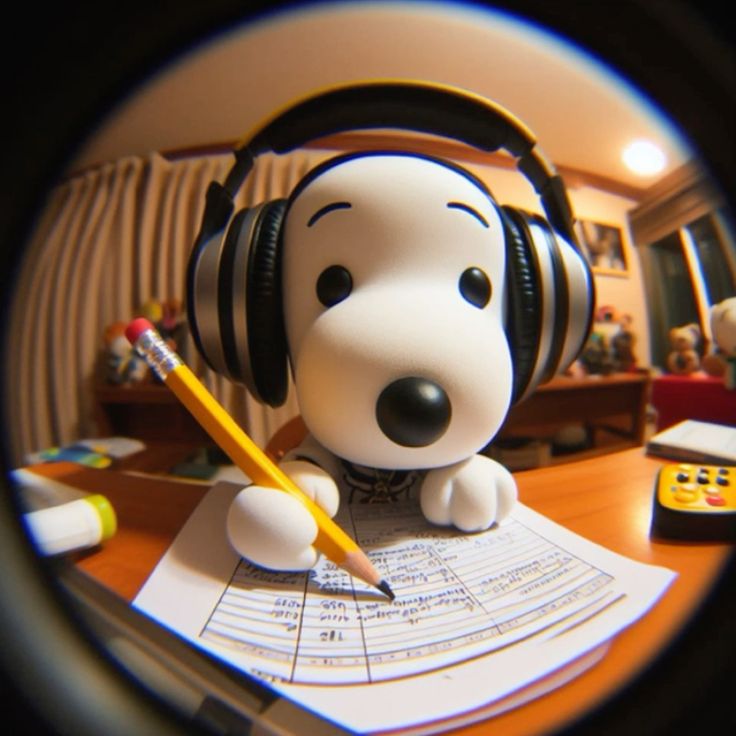Nervous System
Cards (68)
- What is the nervous system made up of?
- What do sensory receptors detect?
- What do receptors in your eyes detect?
- What do receptors in your skin detect?
- How is information sent to the CNS?
- What does the CNS consist of?
- What is the role of the CNS?
- What does the CNS send information to?
- What happens when the effector receives information?
- How are electrical impulses passed along a neurone?
- What do branched endings (dendrites) of neurones do?
- What is the function of the myelin sheath?
- Why are neurones long?
- What is the connection between two neurones called?
- What happens at a synapse?
- What do transmitter chemicals do at the synapse?
- What are reflex actions?
- What is a reflex arc?
- Is the conscious brain involved in a reflex arc?
- What connects sensory neurones to motor neurones in a reflex arc?
- What is the role of reflex actions?
- What is the first step in a reflex action when a bee stings?
- What does the cerebrum control?
- What is the function of the hypothalamus?
- What does the medulla control?
- What is the role of the cerebellum?
- Why is studying the brain important?
- How do scientists learn about brain function?
- What can the effects of brain damage tell scientists?
- What technology do scientists use to study brain activity?
- What is a challenge in studying brain function?
- What is a limitation of using case studies?
- What can happen during treatment for nervous system problems?
- What does the cornea do?
- What does the iris control?
- What is the function of the lens?
- What do ciliary muscles do?
- What is the retina covered in?
- What do rods detect?
- What do cones detect?
